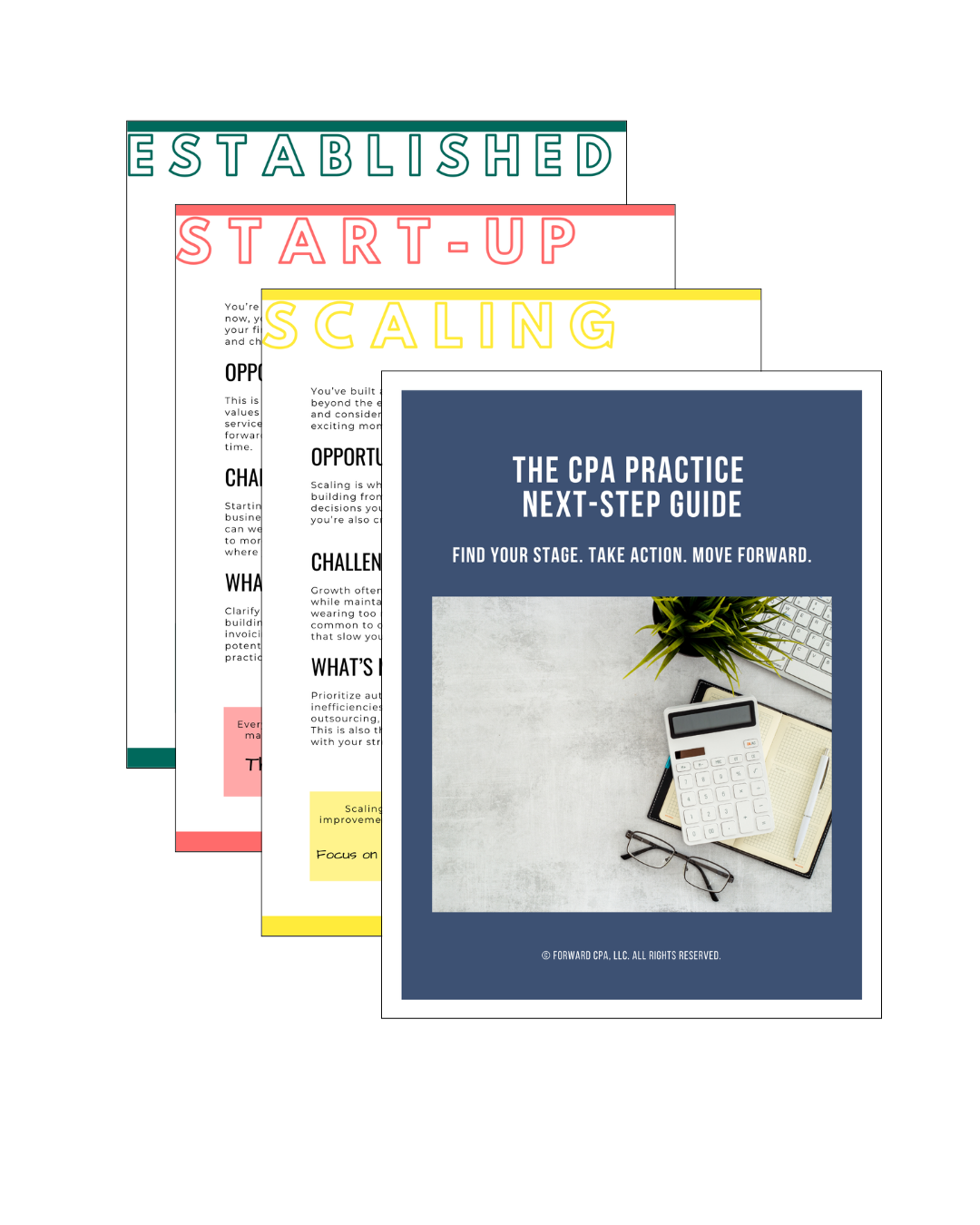The Hidden ROI of Audit Templates
Jul 15, 2025
If you’re still copying last year’s Excel file to start each new audit, or asking your team to “just follow the same format,” you’re not alone.
But every time you start from scratch, re-explain expectations, or fix formatting during review, you’re missing out on something huge:
The compounding return on great audit templates.
Templates aren’t just time-savers.
They’re time-multipliers.
And for small firms auditing governments—where engagements are complex, staff are stretched thin, and consistency is critical—templates might be your most overlooked growth tool.
Why Templates Are More Than Just a Shortcut
Well-built audit templates do more than get you through fieldwork faster. They:
-
Reduce review time
-
Improve audit quality
-
Shorten onboarding for staff
-
Standardize your workpapers for peer review
-
Give you back mental energy that would otherwise be spent remembering "how we did it last time"
In other words, templates turn your best work into your baseline.
What Templates Really Save You (That Time Tracking Can’t Measure)
You may think, “It only takes 30 minutes to reformat that schedule.”
But what about:
-
The five minutes it takes to explain it to a staff member
-
The 20 minutes reviewing it again because the tie-out is inconsistent
-
The 10 minutes answering an email about where to find the prior-year version
-
The client follow-up because the naming was unclear
-
The time it takes you to context switch from big-picture review to cell-by-cell fix
Multiply that by every section of every audit—and suddenly, your "just 30 minutes" has a very real cost.
Templates that Offer the Highest ROI in Government Audits
Not all templates are created equal. If you're just getting started, focus on high-impact areas like:
✅ Workpaper Templates
-
Bank reconciliations
-
Capital asset rollforwards
-
Long-term debt summaries
-
Audit adjustment logs
-
Federal program expenditure testing
✅ Note Disclosure Templates
-
Debt disclosures
-
Lease schedules
-
Fund balance classifications
-
Pension and OPEB summaries
-
SEFA footnotes
✅ Client Communication Templates
-
PBC lists organized by audit area
-
“What to Expect” kickoff guide
-
Email scripts for document follow-ups
-
Instructions for trial balance submission
These areas tend to require the most repetition, clarification, and clean-up. Templating them gives you back hours—and sets a professional tone with your team and clients.
How to Build a Template That Actually Saves Time
The best templates aren’t complicated. But they are intentional.
A strong audit template should include:
✔ Clear instructions or example rows
✔ Built-in formatting and tie-out areas
✔ Consistent naming conventions
✔ References to applicable audit program steps
✔ Notes for preparers and reviewers
Think of your template as a training tool, a review aid, and a risk reducer—not just a file.
Bonus: Templates Make Growth Possible Without Chaos
Want to delegate more?
Hire a contractor?
Train a new staff member without needing a full season?
Templates are your bridge. They take your institutional knowledge and turn it into a system someone else can follow.
That’s what allows you to scale—not by doing more yourself, but by making it easier for others to do the work well.
Final Thoughts: Your Best Work Shouldn’t Live in Your Head
If you want to audit smarter—not harder—start turning your best processes into templates.
Build once. Improve over time. Reuse forever.
The ROI isn’t just in the hours saved—it’s in the capacity you unlock, the stress you reduce, and the growth you make possible.
Your Next Step Forward
Join the newsletter designed to help CPAs take the next best step in building a practice they love, with practical insights, game-changing tools, and quick wins in every email.
We hate SPAM. We will never sell your information, for any reason.




